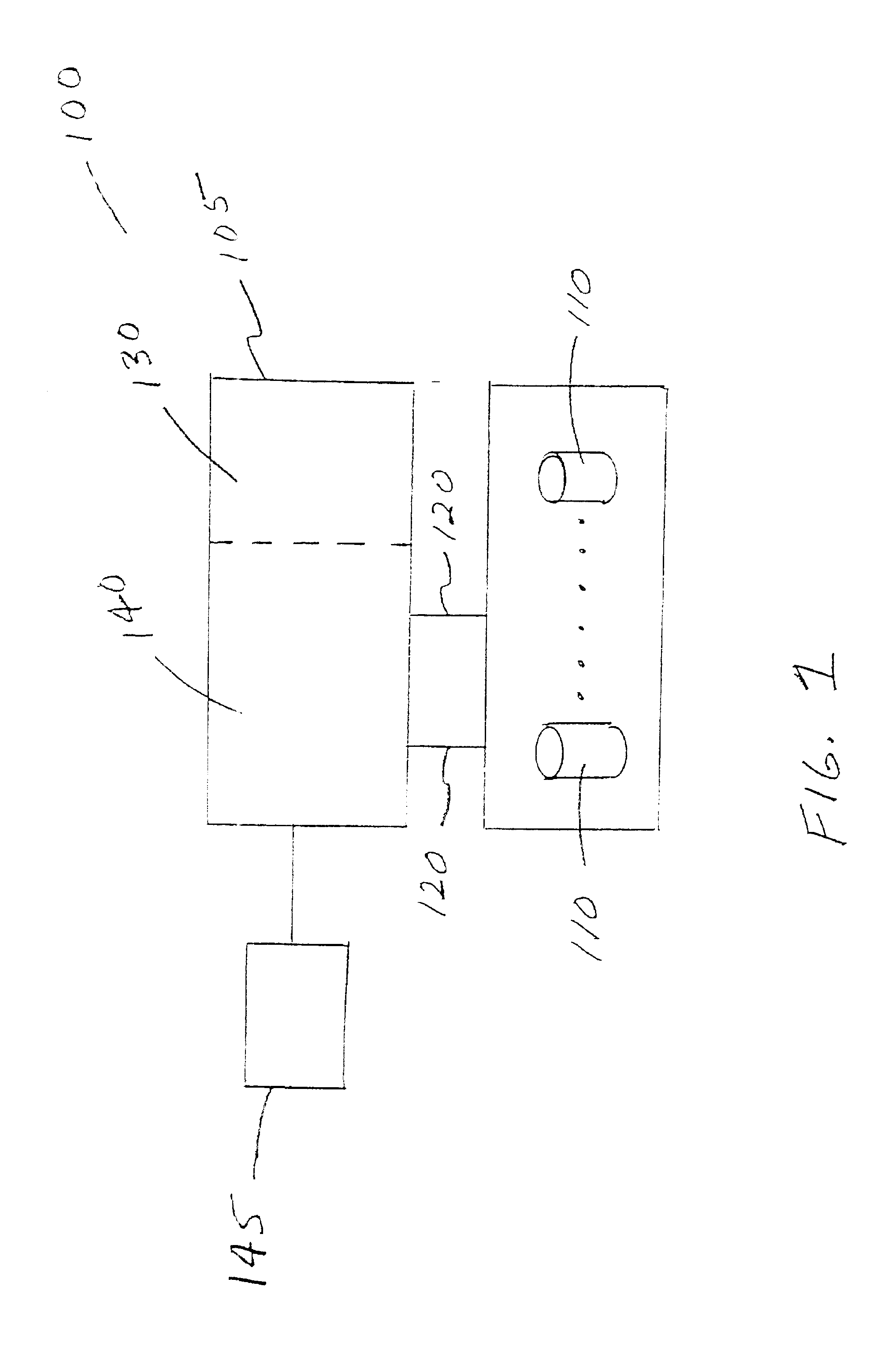Systems and methods for resource monitoring in information storage environments
a resource monitoring and information storage technology, applied in the field of information management, can solve the problems of viewers experiencing "hiccups" or disruptions in the continuity of data flow, and the time required to fetch a particular file from storage media to storage processor memory is often a relatively time-consuming process, and achieves low operational cost and high performan
- Summary
- Abstract
- Description
- Claims
- Application Information
AI Technical Summary
Benefits of technology
Problems solved by technology
Method used
Image
Examples
examples
[0170] The following examples are illustrative and should not be construed as limiting the scope of the invention or claims thereof.
examples 1-6
[0171] The following examples present data obtained from one embodiment of a simple resource model according to the disclosed methods and systems. For these examples, it is assumed that total available memory is allocated for buffering and no cache is supported. These examples consider only storage processor capacity for video data retrieving and do not take into account any front-end bandwidth constraints.
[0172] Table 1 summarizes various assumptions and setting used in each of examples 1-6. For all examples it is assumed that NoD=5 disk drives with 10,000 RPM capacity. Values of AA and TR performance characteristic data was obtained for a "SEAGATE X10" disk drive by I / O meter testing. A Skew distribution of 1.1 is assumed with no buffer sharing (e.g., B_Save=0), and 10% of the cycle T is reserved for other disk access activities (Reserved_Factor=0.1). Calculations were made for three different playback rates: P.sub.i=20 kbps, P.sub.i=500 kbps and P.sub.i=1 mbps, and for two differ...
examples 7-10
[0179] The following hypothetical examples illustrate six exemplary use scenarios that may be implemented utilizing one or more embodiments the disclosed methods and systems.
PUM
 Login to View More
Login to View More Abstract
Description
Claims
Application Information
 Login to View More
Login to View More - R&D
- Intellectual Property
- Life Sciences
- Materials
- Tech Scout
- Unparalleled Data Quality
- Higher Quality Content
- 60% Fewer Hallucinations
Browse by: Latest US Patents, China's latest patents, Technical Efficacy Thesaurus, Application Domain, Technology Topic, Popular Technical Reports.
© 2025 PatSnap. All rights reserved.Legal|Privacy policy|Modern Slavery Act Transparency Statement|Sitemap|About US| Contact US: help@patsnap.com



